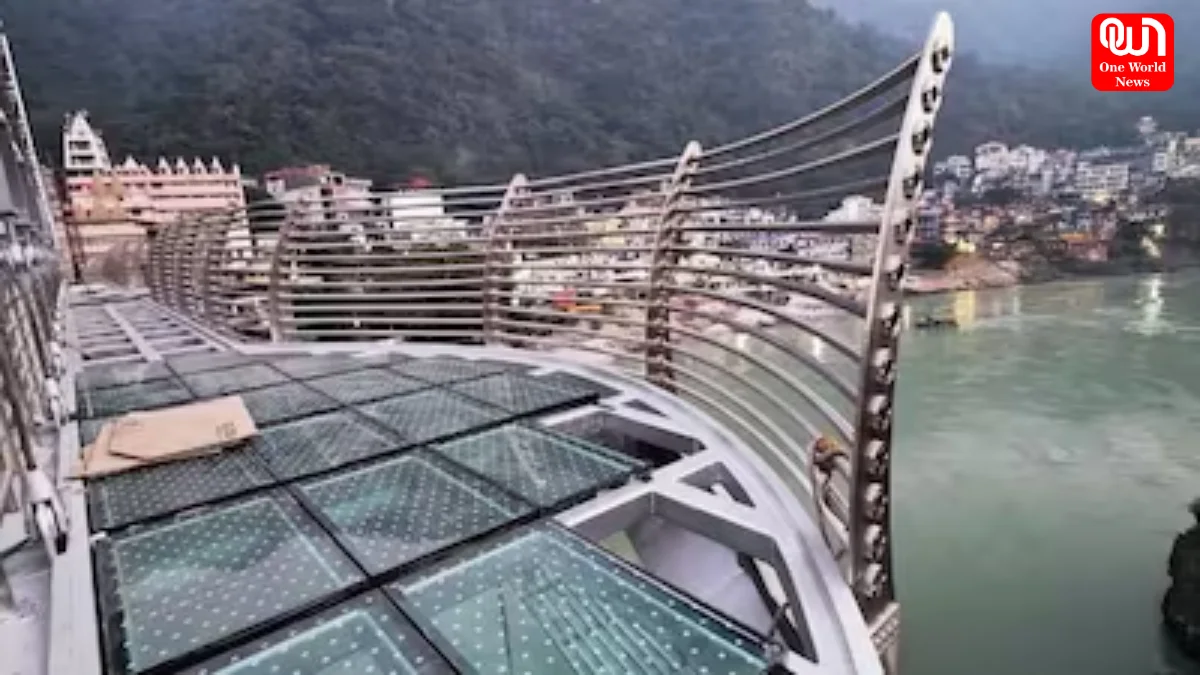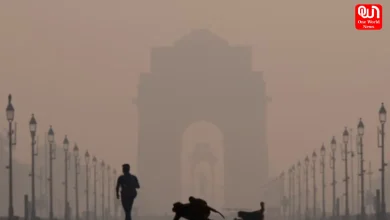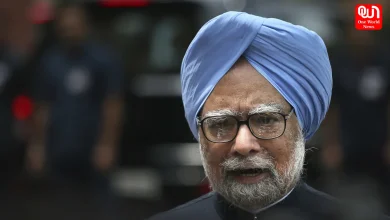Rishikesh Lakshman Jhula To Be Replaced By Stunning Glass Bridge: Bajrang Setu Nears Completion
Rishikesh Lakshman Jhula to be replaced by a new Glass Bridge, Bajrang Setu, bringing modern architecture and faith together in Uttarakhand.
Rishikesh Lakshman Jhula To Be Replaced By Stunning Glass Bridge: Bajrang Setu Nears Completion – A Modern Marvel Redefining Uttarakhand’s Skyline
Rishikesh, the spiritual heart of Uttarakhand, is entering a new era with the construction of Bajrang Setu, a spectacular glass suspension bridge that will soon stand where the historic Rishikesh Lakshman Jhula once welcomed pilgrims and travelers. The project, more than three years in the making, combines cutting-edge engineering with sacred symbolism. Designed to offer breathtaking views of the Ganga below, the bridge aims to redefine the city’s skyline while honoring its spiritual legacy.
The new structure, costing approximately Rs 60 crore, is 132 metres long and 8 metres wide. The architectural design draws inspiration from the revered Kedarnath Temple, symbolizing devotion and resilience. According to Praveen Karnwal, Executive Engineer of the PWD Narendra Nagar Division, “About 90% of Bajrang Setu is complete, with only the glass installation on the pedestrian walkway pending.”
Walking On Air: The Glass Walkways
One of the defining features of Bajrang Setu will be its 1.5-metre-wide glass walkways on both sides, crafted from 66-mm-thick reinforced glass. Standing on these transparent paths, visitors will feel as though they’re walking on air, with the sacred Ganga flowing directly beneath their feet. The central lane of the bridge is reserved for two-wheelers, while the outer glass paths allow pedestrians to stroll safely and soak in panoramic views of Rishikesh.
Tourism officials predict the bridge will become a major attraction, drawing photographers, travelers, and devotees alike. It’s expected to quickly take its place among the most iconic landmarks in Uttarakhand.
Farewell To Lakshman Jhula: An Emotional Transition
Built in 1929, Lakshman Jhula was not just a bridge but a spiritual icon deeply rooted in Hindu mythology. It’s said that Lord Lakshman once crossed the Ganga on a jute rope at this very spot, inspiring the bridge’s construction. For nearly a century, it stood as a symbol of faith, adventure, and cultural identity. However, with time and growing footfall, the bridge became structurally weak. Engineers deemed it unsafe, leading to its closure and the initiation of a new, safer alternative — Bajrang Setu.
Construction began in 2022, and the bridge is expected to be ready by December 2025, opening to the public in early 2026. While it marks the end of one era, it also celebrates the beginning of another — blending history, faith, and innovation seamlessly.
India’s Love Affair With Glass Bridges
India’s fascination with glass bridges and skywalks is spreading rapidly, merging thrill with scenic beauty across various regions. These architectural wonders not only boost tourism but also showcase India’s growing prowess in sustainable and aesthetic infrastructure.
read more: Kendall Jenner Revives Nicole Kidman’s Iconic Moulin Rouge Gown at Vogue World 2025
Glass Bridge in Jabalpur
In Madhya Pradesh’s Jabalpur, a stunning cantilever-style glass bridge is rising in Bhedaghat, overlooking the majestic Narmada River. Built at a cost of Rs 4.76 crore, the bridge spans 18 metres and is around 2 metres wide. The project also includes modern tourist amenities such as a viewing deck, parking facilities, and a canteen. The development is set for completion by early 2026, promising to offer breathtaking views of marble rocks and river cliffs.
India’s Longest Skywalk in Visakhapatnam
Down south, Visakhapatnam in Andhra Pradesh boasts the country’s longest skywalk at Kailasagiri Hills. Standing 862 feet above ground level, this glass bridge delivers panoramic views of the Bay of Bengal. Built for Rs 7 crore, it can handle up to 12 tonnes of load and allows only 40 people at a time for safety. Visitors can enjoy the thrilling experience for Rs 250–350 per person, making it a must-visit for adventure seekers and photography lovers alike.
Kerala’s Glass Bridge At Akkulam Tourist Village
In Kerala, the Akkulam Tourist Village in Thiruvananthapuram recently opened a 50-metre-long and 2-metre-wide glass bridge constructed with triple-layer laminated glass. It accommodates up to 20 visitors at a time, offering attractions like artificial fog, mist effects, and dynamic lighting. The surrounding tourist centre features sky cycling, ziplining, a musical fountain, and even an Indian Air Force Museum. Entry fees are Rs 200 for adults and Rs 150 for children.
read more: Kendall Jenner Revives Nicole Kidman’s Iconic Moulin Rouge Gown at Vogue World 2025
A New Era Of Tourism And Technology
With the near completion of Bajrang Setu, Rishikesh is poised to become a symbol of how tradition can evolve without losing its essence. The replacement of Rishikesh Lakshman Jhula with a modern Glass Bridge is more than just an infrastructural update — it’s a reflection of India’s journey towards blending heritage with innovation. As more such projects emerge across the nation, glass bridges are becoming the new icons of India’s architectural and cultural renaissance.
We’re now on WhatsApp. Click to join.
Like this post?
Register at One World News to never miss out on videos, celeb interviews, and best reads.








